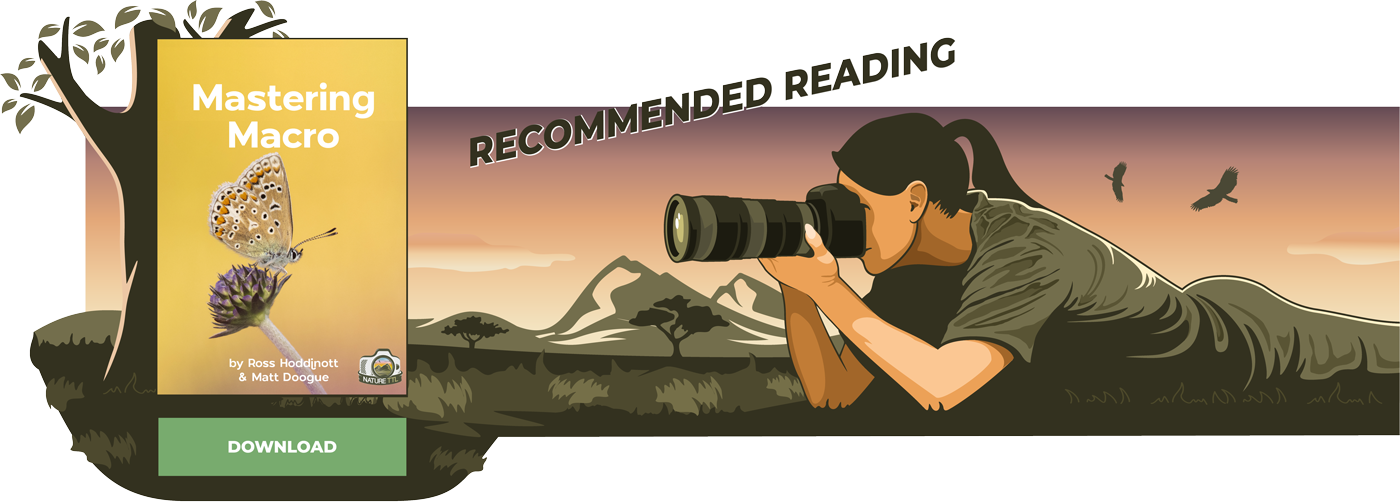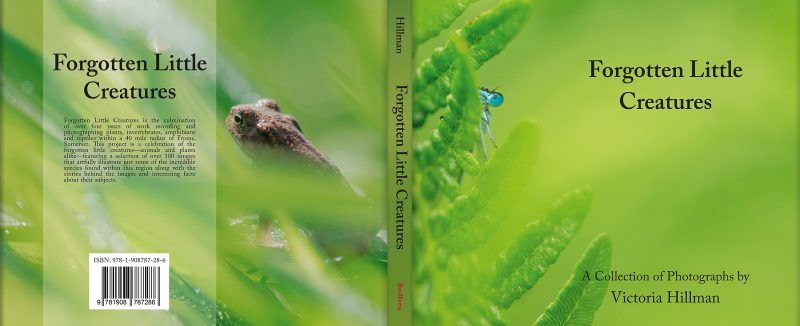5 Tips for Shooting Insect Macro Photos with Personality

Around 6 years ago, I started working on a long term project called Forgotten Little Creatures. This project celebrates the smaller species, plants, invertebrates, amphibians, and reptiles that we have around us. A large part of this project is exploring ways to capture the characters and personalities of some of my favourite subjects as they go about their lives in the wild. Everything I am photographing for this project is shot entirely in the wild, with nothing in a studio.
In this article, I’m going to give you an insight into how you too can capture “personalities” in insect macro photography.



#1 Research your subject
First things first, you need to understand your subject. The best way to do that is to do some research into the best locations and times to find the animal you wish to photograph. Once you have a subject in mind, look into locations and the best times of the day (and the optimum season) to find them and have a chance at photographing them. Once you have that information, ensure that you visit the location several times.
When I first visit a new location, I rarely take any photos. I scout it out for possibilities and then I will spend days at a time at that location observing and photographing. I’ll revisit the same sites year after year if possible, as it is always changing. Different individuals, different light, and different growth of vegetation makes for different opportunities.
#2 Develop your field craft skills
Field craft skills are probably something you hear talked about a lot when it comes to wildlife photography. When you’re trying to capture personalities of smaller critters, these skills become ever-so important in helping you to achieve natural, captivating images. Obviously you can’t take macro photos from a hide, so you’ll need to work on your field craft so that you can approach an insect or amphibian without scaring it off. An expert macro photographer won’t disturb his or her subject, and that way everyone stays safe.
It really helps to photograph on eye-level, or below, too. This gives you the best chance of capturing a “connection” with the subject, bringing the viewer down into the micro world.
#3 Keep things natural
Natural behaviour lends to the best images, and capturing character on camera is not possibly if the subject appears stressed or disturbed. Never move an animal into another place, even if you think it might lead to a better composition or clearer shot. Instead, work the natural location and try to capture it where it already is. You never know, this might lead to comical or more appealing images that you hadn’t spotted before.
Let your subject do what it does naturally, and don’t try to force behaviours or interactions between species. Observe, and be ready to take photographs.
#4 Put in the time necessary
Time, patience and dedication are the keys to success when it comes to photographing the personalities of smaller species. Over the last 6 years I have spent time at just a handful of locations with the species that call those habitats home. This has allowed me to really get to grips with my subjects and different aspects of their lives. Some of my favourite images have come from the last 12 months
The key is to not rush things, and put in the time needed to get results. Rushing your wildlife photography rarely ends well, and longer term studies of a species produce the best photos.
#5 Choose your equipment properly
Ok, so you’ve got your species and location sorted. But what about the equipment you’re bringing with you on the day?
Read more: An Introduction to Macro Photography – Equipment
For my macro lens, I use the Sigma 180mm macro. It gives me a good focal length, allowing me to keep my distance from my subject without being on top of it. I don’t use flash in my images as I don’t like to startle my subject, instead choosing to work with more natural light.

In conclusion
Capturing the personalities in macro photography takes time and practice, but it is well worth it when you see those little faces staring back at you.
My ongoing Forgotten Little Creatures project will continue to explore different ways to capture characters of smaller species using macro photography. Part one of this project has now been published in a book, which brings together photography with interesting scientific facts and tips for achieving captivating images. I am already working on the next stages of this project covering the rest of the UK and mainland Europe, and these will form books 2 and 3 in the series.
To buy Forgotten Little Creatures, head to Victoria’s website. You can also keep up to date with the project on social media via Instagram, Twitter, and Facebook.












